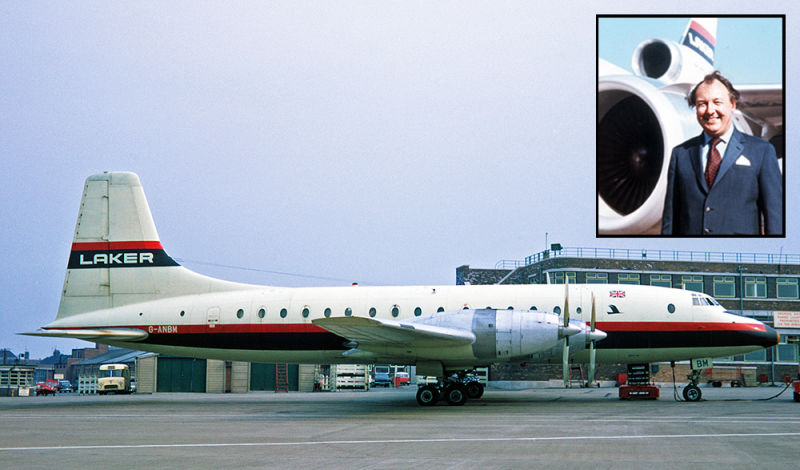Welcome to This Date in Aviation History, getting of you caught up on milestones, important historical events and people in aviation from February 5 through February 7.
It’s a slow day in aviation history, so only a few Short Takeoffs today.
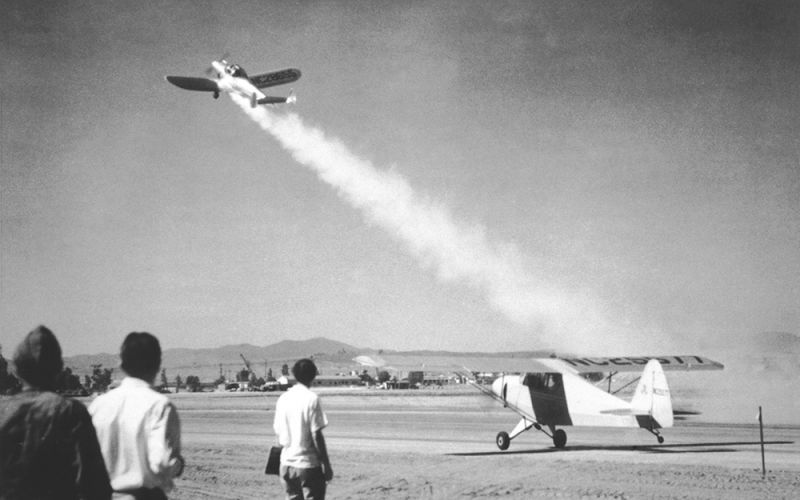
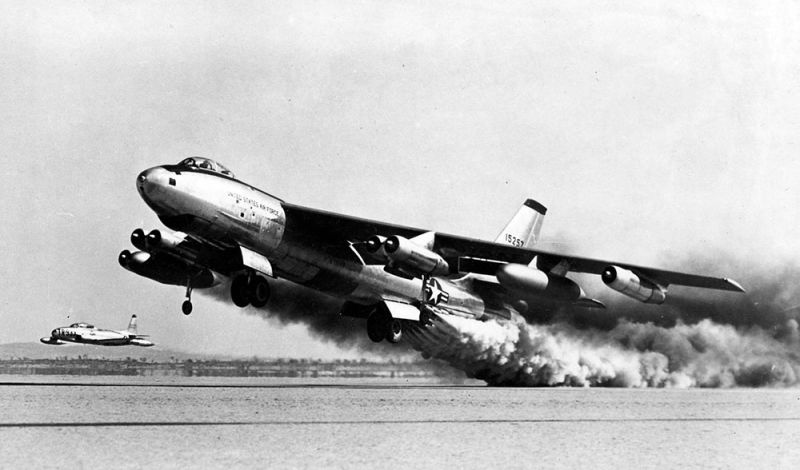
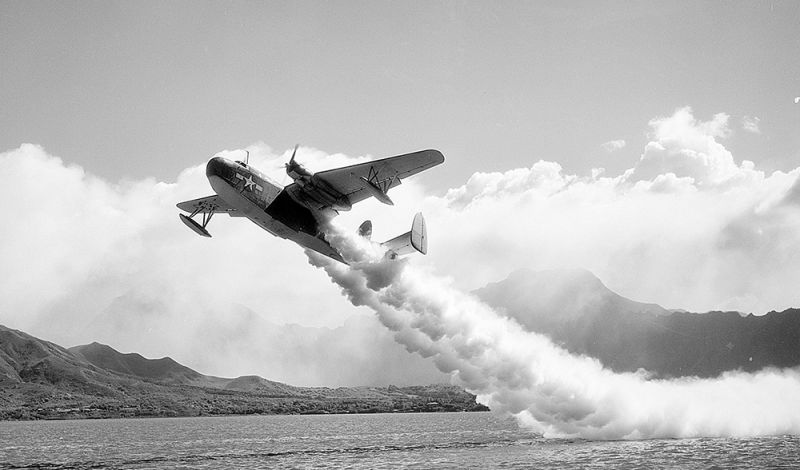
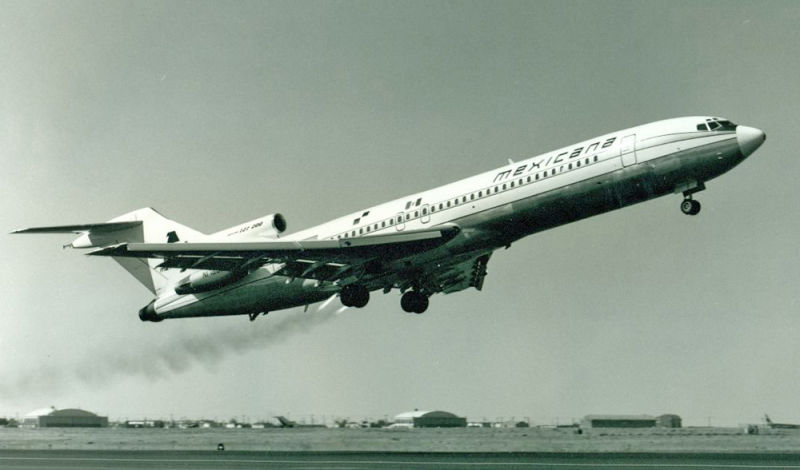
Short Takeoff
February 5, 1982 – Laker Airways ceases operations. One of the first low cost, “no frills” airlines, Laker Airways was founded by British entrepreneur Sir Freddie Laker in 1966 and began operations on July 29 of that year from its base at London Gatwick Airport. The airline started with two former British Overseas Airways Corporation (BOAC) Bristol Britannia turboprops, and eventually expanded to include BAC One-Elevens, Boeing 707s, McDonnell Douglas DC-10s, and others. Laker’s business model was designed around making the flights as inexpensive as possible for the airline through fuel-saving measures such as using reduced thrust on takeoff and faster climbs to cruising altitude. They also worked to reduce weight by limiting passenger luggage, and offered passengers meals that could be purchased on board. By the 1970s, Laker was offering transatlantic flights as part of their Skytrain service, but the airline fell on hard times when other major airlines began to reduce their ticket prices to offer direct competition. Though Laker Airlines did not survive, the stage was set for follow-on discount carriers such as Ryanair and EasyJet.
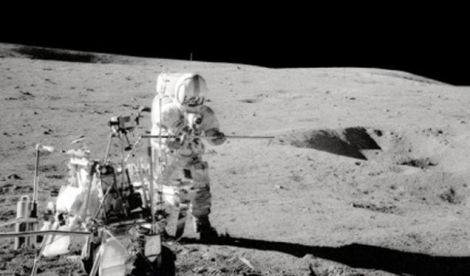
February 6, 1971 – NASA astronaut Alan Shepard drives two golf balls on the Moon. Apollo 14 was the eighth manned mission of the Apollo program, the third manned mission to land on the moon, and the first after the near-disaster of Apollo 13. Mission Commander Alan Shepard and Lunar Module Pilot Edgar Mitchell spent two days on the lunar surface, while Command Module Pilot Stuart Roosa remained in orbit around the Moon. The astronauts collected rocks and carried out several experiments, but the TV highlight of the mission occurred when Shepard struck two golf balls in the reduced gravity of the Moon using a makeshift golf club he had brought from Earth. Shepherd said the ball traveled “miles and miles and miles,” though it’s unlikely that his shot traveled much more than one mile. Had he struck the ball perfectly, though, it could have traveled 2.5 miles and stayed aloft for 70 seconds, as the Moon’s gravity is only 1/6 that of Earth’s.
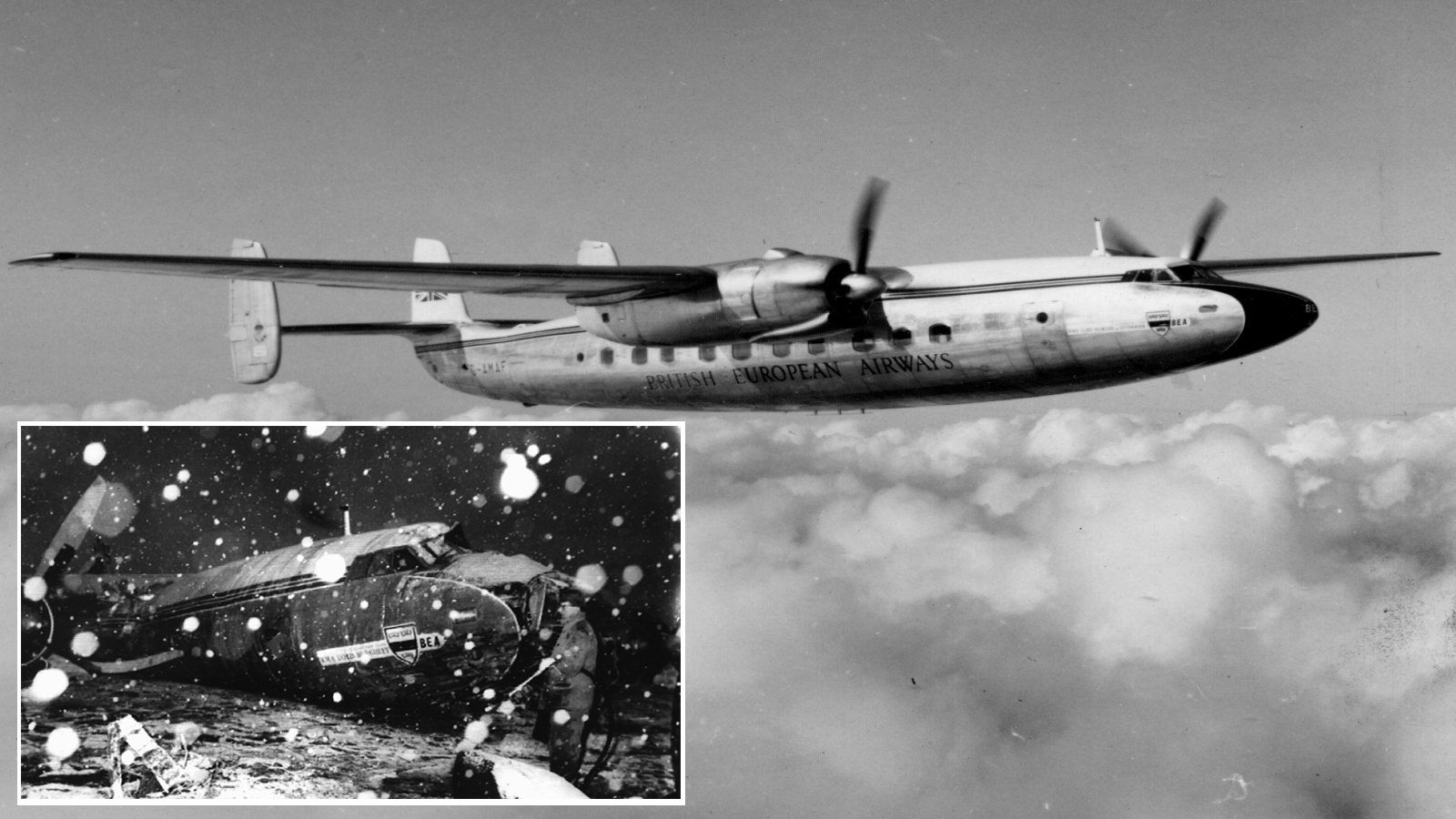
February 6, 1958 – A British European Airways Airspeed AS-57 Ambassador crashes on takeoff from Munich-Riem Airport, killing 20, including 11 players and coaches of the Manchester United football club. Known as the Munich air disaster, the crash occurred when the Ambassador was making its third attempt to take off after engine trouble caused two aborted takeoffs. Under pressure to remain on schedule, the captain attempted a third takeoff, only to have the plane slowed by an accumulation of snow and slush at the end of the runway. Robbed of takeoff speed at a critical moment, the aircraft overran the runway and struck a house. Twenty of the 44 passengers were killed outright, while three more succumbed to injuries after being hospitalized. The crash decimated the powerful Man U club during their attempt to become the third team to win three consecutive championships, and it would be years before the team again rose to prominence.
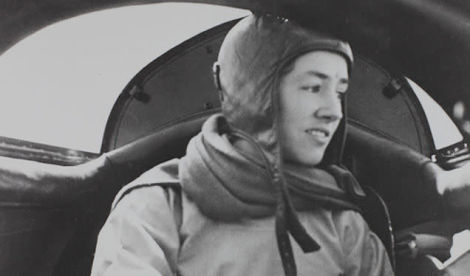
February 7, 2001 – The death of Anne Morrow Lindbergh, the wife of famed aviator Charles Lindbergh and an accomplished aviator herself. Born on June 22, 1906, she became the first American woman to earn a glider pilot license in 1930 and, with her husband, explored and charted intercontinental air routes. For this work, she and Charles were awarded the Hubbard Medal by the National Geographic Society and the US Flag Association Cross of Honor. The mapping trip covered 40,000 miles of flying and included visits to five continents. Lindbergh was inducted into the National Aviation Hall of Fame in 1979, as well as the International Women in Aviation Pioneer Hall of Fame.
Connecting Flights
If you enjoy these Aviation History posts, please let me know in the comments. You can find more posts about aviation history, aviators, and aviation oddities at Wingspan.
